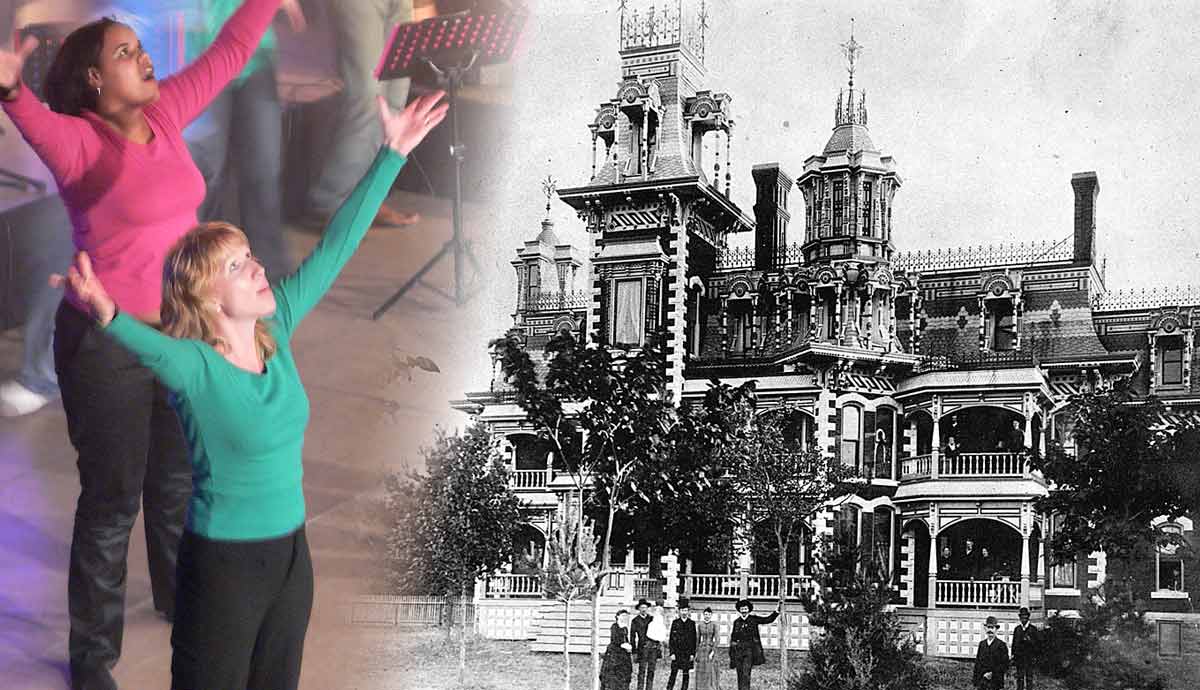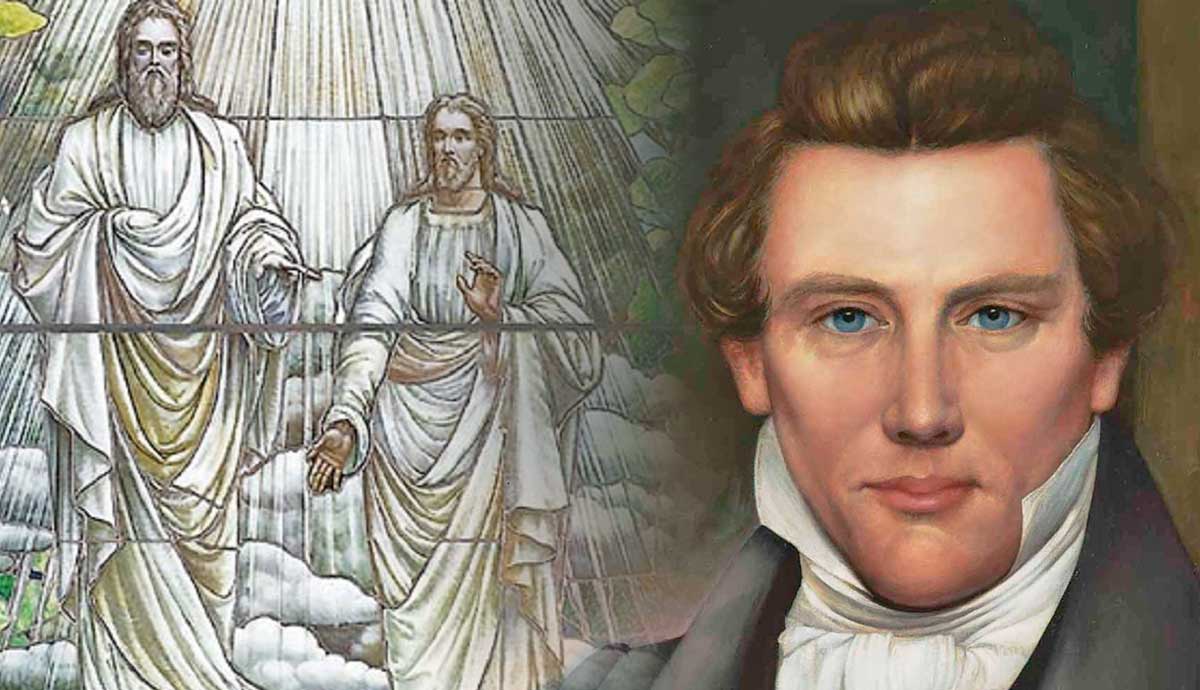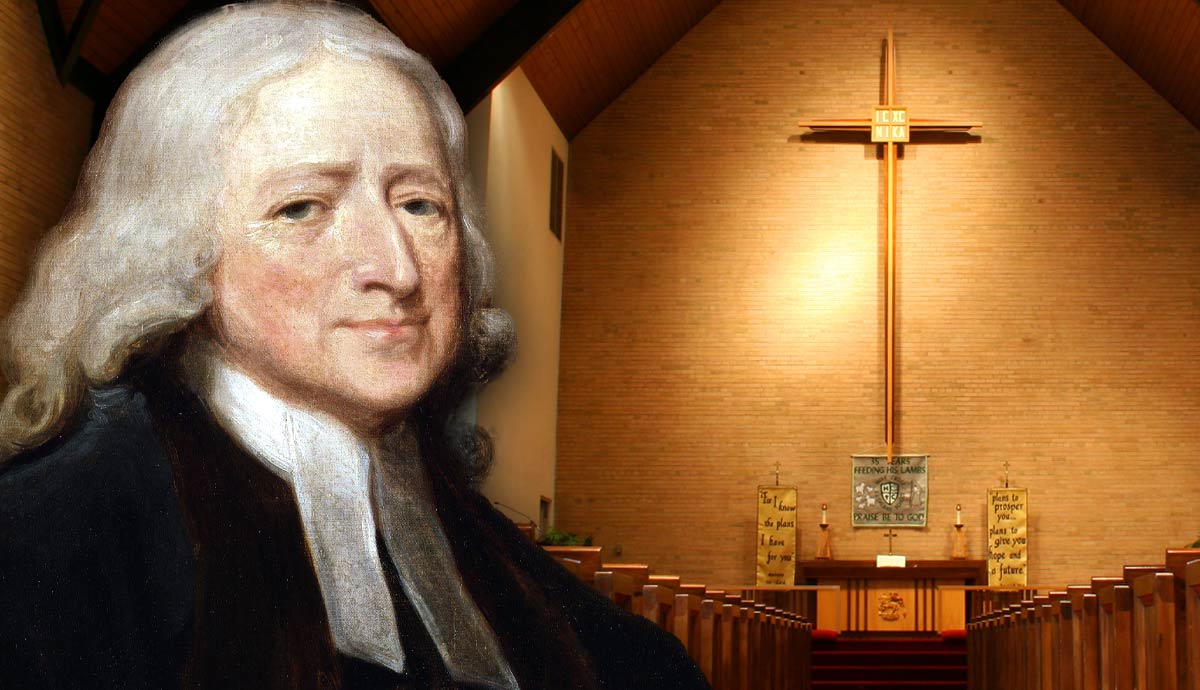
The New Testament refers to a synagogue 40 times. Except for the last two references, the word refers to a Jewish place of worship. The last two instances, however, refer to “the synagogue of Satan,” a shocking flip of allegiance. These references occur alongside mentions of people who claim to be Jews when they are not.
Though rare, there are scattered references to the “synagogue of Satan” which show how later generations understood and used the phrase.
Synagogue of Satan in the Bible

The word “synagogue” comes from two Greek words, “syn” which means “together,” and “agein” meaning “bring.” A synagogue is where Jews are brought together to study the Torah, worship, or commune with one another. Synagogues developed during the Babylonian exile when faithful Jews could not go to the Temple to worship.
After the Persians allowed the Jews to return to their native land and restored Jerusalem and the Temple, the habit of gathering at synagogues for religious practice continued. In the time of Jesus, synagogues were common and that is why the Bible refers to these synagogues 38 times.
What Does it Mean?

The two references to the synagogue of Satan occur in the context of the persecution of the faithful and they mention those who present themselves as Jews while they are not.
Chapters 2 and 3 of Revelation deal with seven churches consecutively. To the second church, Jesus said:
“And to the angel of the church in Smyrna write: ‘The words of the first and the last, who died and came to life. I know your tribulation and your poverty (but you are rich) and the slander of those who say that they are Jews and are not, but are a synagogue of Satan. Do not fear what you are about to suffer. Behold, the devil is about to throw some of you into prison, that you may be tested, and for ten days you will have tribulation. Be faithful unto death, and I will give you the crown of life.’” (Revelation 2:8-10)
To the sixth church, Jesus said:
“And to the angel of the church in Philadelphia write: ‘The words of the holy one, the true one, who has the key of David, who opens and no one will shut, who shuts and no one opens. I know your works. Behold, I have set before you an open door, which no one is able to shut. I know that you have but little power, and yet you have kept my word and have not denied my name. Behold, I will make those of the synagogue of Satan who say that they are Jews and are not, but lie — behold, I will make them come and bow down before your feet, and they will learn that I have loved you.’” (Revelation 3:7-9)

In both cases, Jesus identifies himself as the originator of the message. He is “the first and the last, who died and came to life” and “the holy one, the true one, who has the key of David, who opens and no one will shut, who shuts and no one opens.” Both messages use the phrase “who say that they are Jews and are not,” and these two messages were sent to the second and second-to-last churches of the seven, suggesting a chiastic structure for the seven churches.
The term synagogue is uniquely used in Judaism though early Christians often tended to gather there before being expelled. As a place of worship for Jews, synagogues had a distinct focus on the God of the Jews. The references to the synagogue of Satan imply that those gathering there worship Satan and do his bidding. It presents a usurpation of the synagogue as a place to worship God to a place of worship for the adversary of God. Satan means “adversary” or “accuser.” This switch parallels those who call themselves Jews but are not.
The false association of a synagogue dedicated to Satan and non-Jews as Jews shows the deceptive nature of those involved. The Book of Revelation is symbolic, and neither the synagogue nor the reference to Jews should be considered literal. Synagogues represent a gathering of minds around a singular purpose, while the Jews represent those who are truly the people of God. We are dealing here with people who claim to be one thing while they are something very different. A wolf in sheep’s clothing scenario, if you wish (Matthew 7:15-20).

In the Smyrna reference, the fake “children of God” / synagogue of Satan were the ones inflicting tribulation and slandering the faithful. They were the instruments by which the devil would imprison the saints. With the Philadelphia reference, Jesus brings the so-called Jews / Satan-worshippers to bow before the true children of God and to recognize God’s affinity for them. This seems to suggest that those who were part of the synagogue of Satan pushed a false narrative that the real children of God were not authentic believers, but rather that they themselves were.
This theme is not new. Rather, Revelation builds on similar themes from Matthew 24:9-13, Acts 20:29-30, 2 Corinthians 11:13-15, Peter 2:1-3, and 1 John 2:18-19. One of the most striking passages that deals with the delusion of people who think they are doing good when they are doing evil comes from another work by John:
“They will put you out of the synagogues. Indeed, the hour is coming when whoever kills you will think he is offering service to God.” (John 16:2)
Those worshiping at the synagogue of Satan may well be so deceived that they are unaware of the actual power behind their actions. From a human perspective, they believe they are doing God’s work when in fact they oppose it. They do not have enough of a foundation in the principles of God’s kingdom to distinguish right from wrong.
Extra-Biblical Use of the Phrase “Synagogue of Satan”

On a couple of occasions throughout history, “synagogue of Satan” and similar phrases have been used.
The Dead Sea Scrolls contain a manuscript in which a Jewish sect considered only themselves as authentically Jewish. Other Jews were regarded as apostates, therefore claiming to be Jews though they were not. The “authentic Jews” experienced persecution at the hands of the “false Jews,” who they referred to as “the lot of Belial.” Belial is a synonym for Satan. The parallels between the references in Revelation and that of the Dead Sea Scrolls are self-evident.
Mary Fisher was one of the first Quaker missionaries to travel, spreading the message of the founder of the Quaker movement, George Fox. The Quakers opposed organized religion, which included institutions like Colleges of Theology. When traveling in Southern England, she encountered students from Sidney Sussex College at Cambridge. They called members of the College “antichrist” and called the College “a Cage of unclean Birds and a Synagogue of Satan.” She was promptly taken to the market by order of the local mayor and flogged for her comments.

In the later parts of the 1800s, the Roman Catholic Church experienced many attacks on its institutions. Pope Pius IX believed the Freemasons were behind the attacks. He had a papal encyclical, named, Etsi Multa, published on the 21st of November 21, 1873. It reads in part:
“Some of you may perchance wonder that the war against the Catholic Church extends so widely. Indeed each of you knows well the nature, zeal, and intention of sects, whether called Masonic or some other name. When he compares them with the nature, purpose, and amplitude of the conflict waged nearly everywhere against the Church, he cannot doubt that the present calamity must be attributed to their deceits and machinations for the most part. For from these the synagogue of Satan is formed, which draws up its forces, advances its standards, and joins battle against the Church of Christ.” Para 28.
The Synagogue of Satan in Modern Times

President Richard Nixon was notorious for taping conversations he had with people without their knowledge. In a telephone conversation he had with world-renowned evangelist Billy Graham on the 9th of June 1971, the term “synagogue of Satan” came up. Graham was making a distinction between two types of Jews. He said:
“Well, you see the Bible teaches that there is the Synagogue of Satan. In other words, there are two groups. There is the group in Israel that are going back — they don’t know why they’re going back, but they’re going back driven by God because I believe we’re getting toward the end of things. And then there’s the second group that the Bible calls the ‘Synagogue of Satan,’ and it’s that crowd that puts out all of your literature, pornographic literature. They’re the ones that are the left wingers. They’re the revolutionary leaders. They’re the ones that control the media.” (Previously redacted portion of the conversation between Nixon and Graham released on the 5th of October, 2022).
A later conversation between Nixon and Graham contains more references to the synagogue of Satan and is in a similar vein to the one mentioned above. The interaction is documented as “Conversation №662–4.”
From what we have gathered, the “synagogue of Satan” refers to people who are not what they claim to be and present themselves as good when they are plotting evil against others. They may be doing this out of ignorance, though some more recent references seem to imply that they are aware of the evil of their acts.










